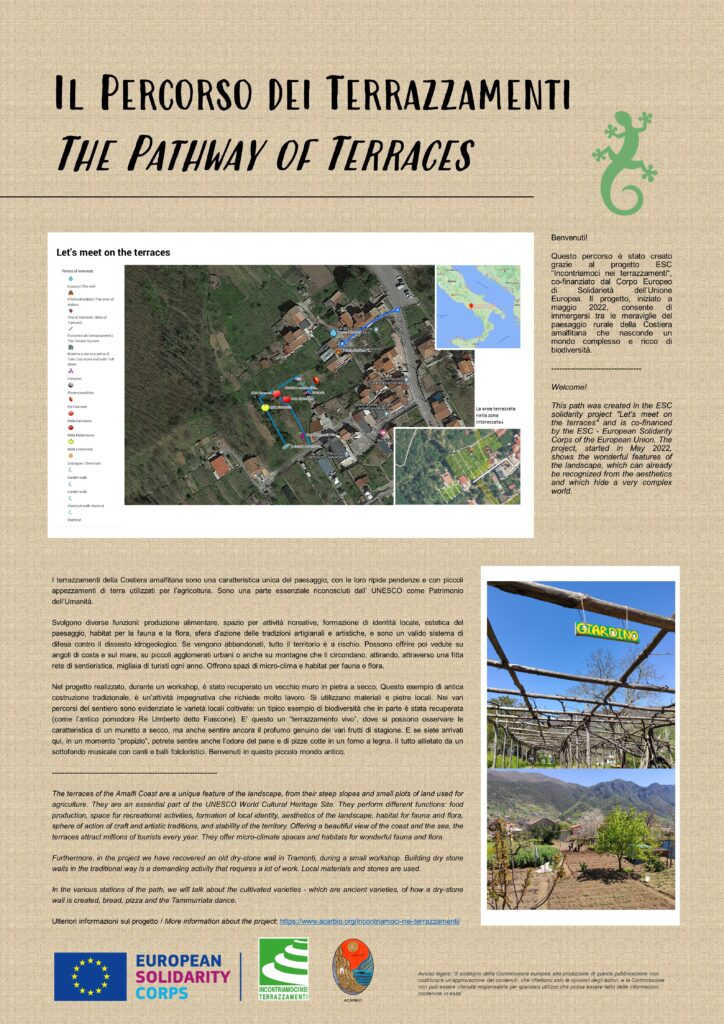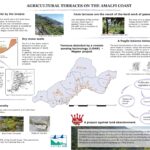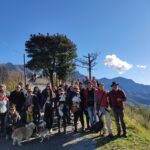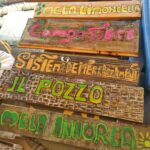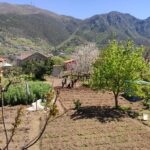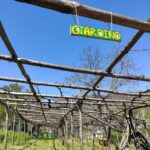Welcome to the “Pathway of Terraces”! This pathway has been created in the ESC Solidarity project “Incontriamoci nei terrazzamenti”, which is co-funded by the European Solidarity Corps of the European Union, that goes from May 2022 – April 2023.
This is a pathway that will take you on a walk through the Terraced landscape of Tramonti on the Amalfi Coast. You will discover what is happening there and what is special about it.
Where to find us?
Find us in Tramonti (contact: info@riservabiosferacostiera.org or at our office in Piazza Corsano), or find us on Google My Maps (see below).
Find below more background and information about the pathway!
What can we do for you?
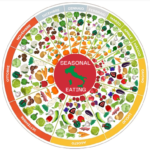
Need more information or material about terraces and tired of google? Make the Quiz!
How to spend your time? Make the quiz and discover what to do on the terraces!
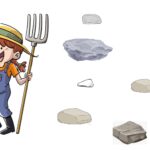

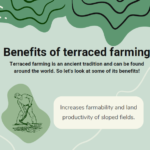
ALL THERE IS TO KNOW ABOU THE TERRACES OF TRAMONTI – a full guide with further links!
The system of terraced landscape of the Amalfi Coast
The terraces of the Amalfi Coast are a unique feature of the landscape, characterised by their steep slopes and small plots of land used for agriculture. The terraces are an essential part of the region’s cultural heritage which is why they are also listed as a UNESCO World Cultural Heritage Site. They fulfill several functions: food production, space for recreational activities, creation of local identity, aesthetics of the landscape, habitat for fauna and flora, action sphere of artisan and art traditions, and more. By providing a beautiful view of the coast and sea, the terraces attract millions of tourists each year.
Find more here about the terraces of the Amalfi Coast: part 1 and here: part 2, here about their economic contributions from Antonia Gravagnuolo, and here about an evaluation of their impact from Laetitia Vallée. The graphic shows and overview of the terraced landscape of the Amalfi Coast:
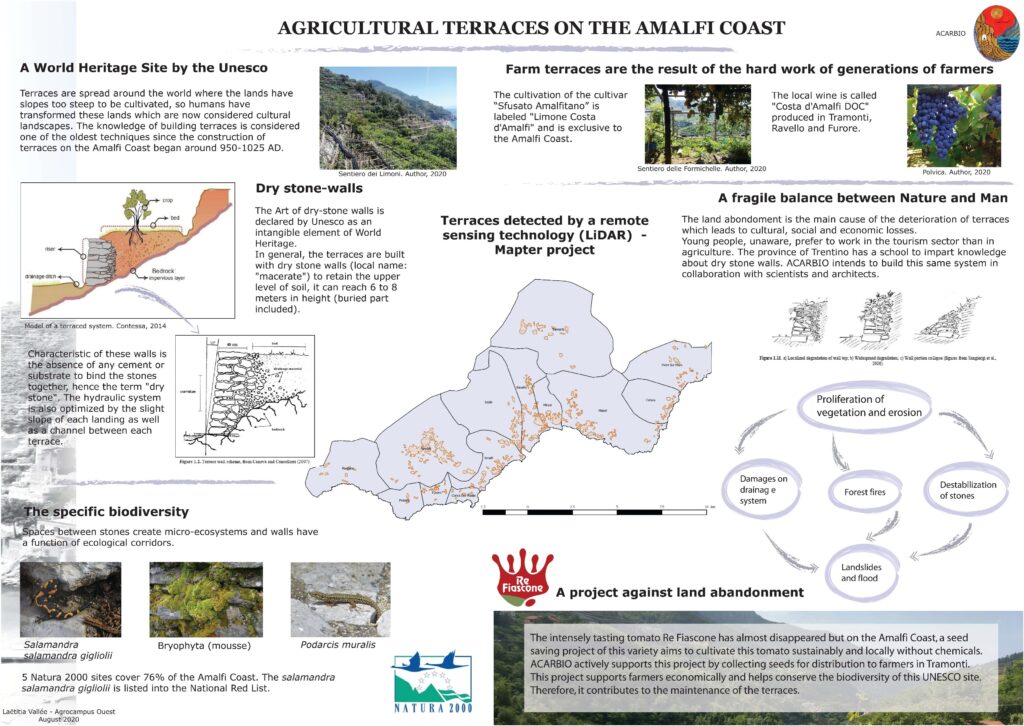
Station 1: The dry-stone wall
We recovered in the project an old dry-stone wall in Tramonti in a small workshop. When building the dry-stone walls in a traditional way, it is an impactful activity that requires a lot of work. Also, local material and stones are used. A common stone in Campania and specifically in Tramonti is Tuff stone. With volcanic activity, new material was brought to the surface. Tuff stone can even appear in different colours all around Campania. The Neapolitan yellow tuff, also called “Pozzolana”, was formed more than over 10.000 years ago. You can even find some fossils in the stone, since the ash was erupted into the sea.
www.acarbio.org/en/the-dry-stone-walling-workshop
Station 2: Gardening on the terraces
Thanks to the terraces, the mild climate and fertile soil vegetables can be cultivated all year around. In a perfect union, gardening in Tramonti combines vegetable gardens between fruit trees, next to wine and chestnut terraces. A system that provides shade and food on a small space all year around!
Find out more: www.acarbio.org/en/gardens-in-tramonti
Station 3: The Re Fiascone tomato
Worldwide, there are more than 10.000 different species of tomatoes. All in different shapes, sizes and most importantly – taste! With industrialisation of agriculture, some varieties became more used and many others forgotten because they did not suit the new processes. With this, agro-biodiversity in our gardens and on our plates got much poorer.
This also nearly happened to the Re Fiascone Tomato. In the 19th century it was present in most of the gardens around Tramonti and in Campania. In honour of the visit of King Umberto I of Savoy in Naples in 1878 the tomato got this name.
Thanks to local farmers the original seeds were saved and handed down to the next generations. Now, many fields are full with Re Fiascone tomatoes during the summer all around Tramonti. Even better, a local start-up sells the canned tomatoes to pizzerias and restaurants around the world.
Find out more: https://www.acarbio.org/en/pomodoro-re-umberto-detto-fiascone/ , www.refiascone.it
Station 4: The fountain: Water availability
Water is life. Terraced landscapes have highly efficient water management systems that consist of rain catching systems, cysterns, channels and fountains. Moreover, in terms of water consumption they are efficient also by combining different types of cultivation next to each other or even on different layers (combining fruit trees, wine and vegetable cultivation). In this way, hot summers without rain can easily be managed with efficient irrigation counting on the water that is provided in winter.
At ACARBIO drip irrigation is used. This method allows watering the crops in the most efficient way. Unfortunately, this way of watering is still not standard at some places. High initial outlay and maintenance costs scare some people.
Other irrigation methods often use a lot of water. Sprinkler irrigation is often way cheaper in costs of purchase, but a lot of water is evaporated even before touching the soil. Especially in heatwaves, saving water is important, to ensure water accessibility to the inhabitants.
Station 5: Ancient wine in Tramonti
After the intercontinental trade started some centuries ago with the two Americas, also illnesses, patogenes and parassites came and broguht the local ecosystems under pressure. Find out what made Tramonti and its wine cultivations special in this difficult period for vineyards!
Find here he story of the case of the grapevine murderer: https://www.blogcielomareterra.it/?p=1546
Station 6: Chestnuts of Tramonti
The further you go up the mountain, the more chestnut trees you’ll see. They have been introduced in the 13th century and rose to make a big part of Tramonti’s agricultural production, together with vinyards. With the ripe chestnuts falling on the ground, locals start to collect and sell them. All around Italy they get either sold in supermarkets or you can get them already roasted, where you can buy them from little stalls in the cities. In the autumn of 2022, we recovered an old chestnut forest in Tramonti! Find out more: https://www.blogcielomareterra.it/?p=2569
Station 7: Isidoro’s oven (bread, pizza and more)
The oven here is more than 100 years old! In the year 1924 the house was bought by Isidoro’s grandma. During this period the oven was renovated, so even after all this time it is in a good condition. Before plastic took over, wooden baskets were used to transport every kind of vegetable, chestnuts and fruits. The material had to be machined for the production, where the oven also had an important part. Around 1000 of the 5000 inhabitants of Tramonti were in this business.
Find out more: https://www.acarbio.org/en/?p=3581,
The Paranza Ro Tramuntan, music band from Tramonti: https://www.facebook.com/aparanzarotramuntan
Disclaimer: “The European Commission‘s support for the production of this publication does not constitute an endorsement of the contents, which reflect the views only of the authors, and the Commission cannot be held responsible for any use which may be made of the information contained
therein.”

